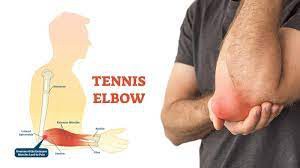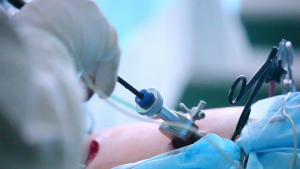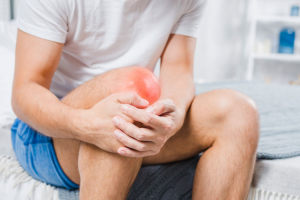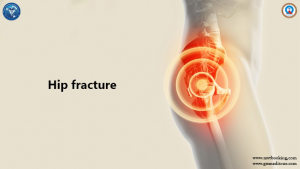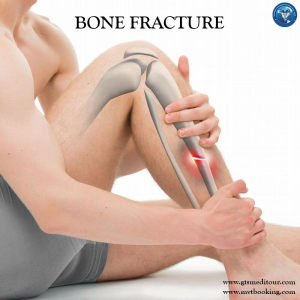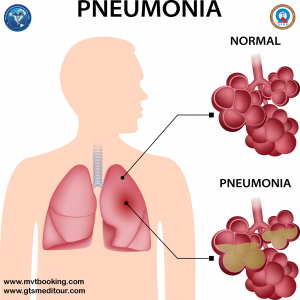An irritation of the tissue connecting the forearm muscle to the elbow .Tennis elbow can be caused by respective wrist and arm motions
CAUSES
Tennis elbow usually develops over time. Repetitive motions like gripping a racket during a swing can strain the muscles and put too much stress on the tendons .That constant tugging can eventually cause microscopic tears in the tissue. Tennis elbow might result from
- Tennis
- Racquet ball
- Squash
- Fencing
- Weight lifting
It can also affect people with jobs or hobbies that require repetitive arm movements or gripping such as
- Carpentry
- Typing
- Carpentry
- Raking
- Knitting
SYMPTOMS
Symptoms include pain and tiredness in the bony knob on the outside of your elbow .This knob is where the injured tendons connect to the bone. The pain may also radiate into the upper or lower arm. Although the damage is in the elbow you are likely to hurt when doing things with your hands
Tennis elbow may cause the most pain when you
- Lift something
- Make a fist or grip an object such as a tennis racket
- Open a door or shake hands
- Raise your hand or straighten your wrist
- Tennis elbow is similar to another condition called golfers elbow which affects the tendons on the inside of elbow
TREATMENT
The good news about treatment is that usually tennis elbow will heal on its own. Types of treatment that help are
- Icing the elbow to reduce pain and swelling.
- Using an elbow strap to protect the injured tendon from further strain
- Taking internal medicines
- Performing range of motion exercises to reduce stiffness and increase flexibility
- Getting physical therapy to strengthen and stretch the muscles
To get opinion from our network of hospitals visit www.mvtbooking.com or send email to query@gtsmeditour.com

